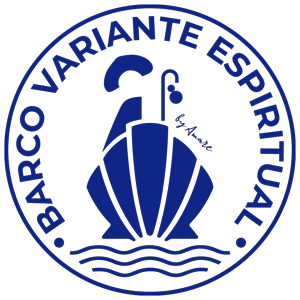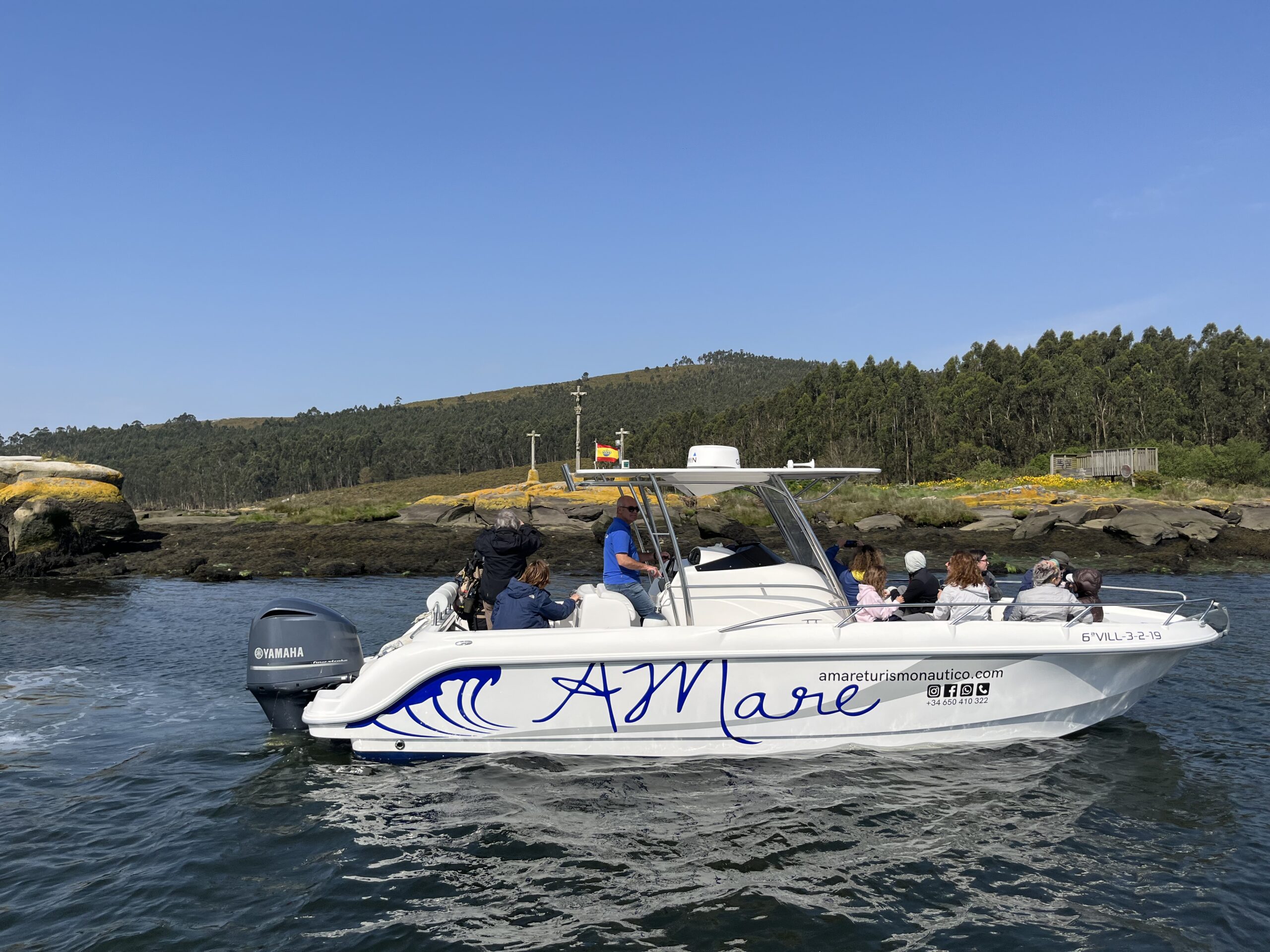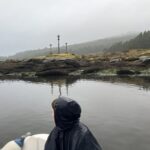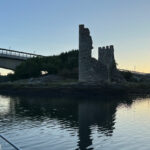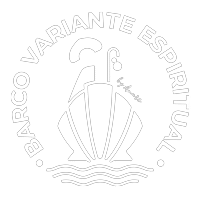2026 Traslatio Route Calendar: schedules and online tickets
👉 Check the calendar and book your tickets here: 2026 Departure Calendar
Plan your journey in advance
The 2026 calendar for the Traslatio Route—the only maritime stage of the Camino de Santiago—is now available. On our website, you can check the available departure times for each day and purchase your tickets quickly, securely, and directly 📋⛵
This will greatly simplify planning your Camino. You’ll be able to prepare everything in advance and enjoy a smoother and more relaxed experience—especially if you’re following the Spiritual Variant of the Portuguese Way, where the boat journey through the Ría de Arousa and the Ulla River is one of the most symbolic and exciting moments.
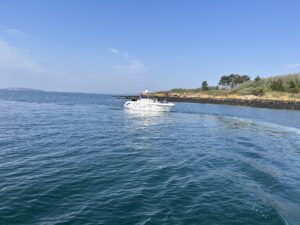
Daily schedules based on the tides
Departures depend on the tides, but the calendar will always show the best available option for each day.
- March to October: daily departures
- First departure usually at 8:00 (depending on the tide)
- Additional sailings scheduled based on demand
- Extra sailings can be booked directly online
From November to March: we operate by reservation only, for groups of at least 10 people.
New for 2026 – Add your return ticket!
This year we’re introducing a highly requested feature: the option to purchase a return ticket along with your initial journey.
How does the return ticket extra work?
🔁 When booking your Traslatio Route trip from Vilanova de Arousa, you can add an optional return trip from Pontecesures back to the starting point.
Ideal for pilgrims who want to return after stamping their credentials and continue their journey without hassle.
- Perfect for organized groups or those not completing the entire Camino
- Add the return option directly in the booking form
- Save time and plan your journey completely from the start
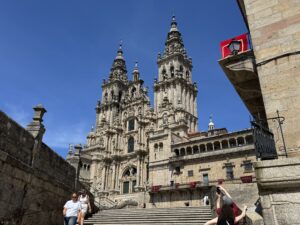
Buy your tickets easily online
Our online booking system is available 24/7 and lets you see real-time availability for each day.
Book through our official website:
www.barcovarianteespiritual.com
You’ll receive your digital ticket via email, along with all necessary instructions.
The departure point is always the Mar de Santiago maritime station in Vilanova de Arousa. Upon request and availability, we can arrange departures from other ports such as Illa de Arousa, Vilagarcía, Cambados, or Carril.
Why book in advance?
Booking your Traslatio Route in advance guarantees:
- Access to the most popular schedules
- Better planning for your Camino
- Option to add return trip
- Priority attention for groups
- Security and instant confirmation
Where to find more information?
In addition to our website, follow us on social media to get updates, special schedules, tips for pilgrims, and insights about the Traslatio Route.
Book your 2026 Traslatio Route now
Don’t wait until the last minute—plan ahead!
Book your place for the 2026 Traslatio Route and enjoy an unforgettable journey through the only maritime stage of the Camino de Santiago.
Take advantage of this year’s new feature and include your return ticket directly from the website.
See you on board! 🚢✨
